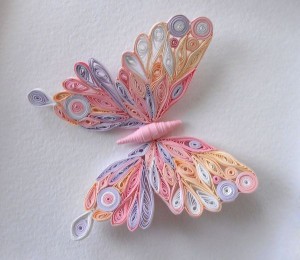This isn’t really a post per se, but rather an off shoot of my research which I stopped to explore only to find myself writing a paper. I am actually kind of pleased with how it turned out, but I am not sure what to do with it. Of course it needs more editing before I can even consider anything major, but as of right now I have nothing at school I can use it for and I can’t teach from it (at least not this semester). So, since it is just kind of sitting here I figured I would blog the abstract and hope for some feedback on the idea should anyone have any thoughts on it. Good? Needs work? I would love to hear what you think.
Much can be gleaned about a woman by rifling through her purse. Unfortunately such access is denied when a woman passed away over seven hundred years ago. While certain artifacts from the Middle Ages remain, the everyday lives of medieval women are often rebuilt piecemeal from whatever records are recovered from obscurity. However, the majority of the documents generally serve to uncover familial affiliations, or perhaps women’s relationships to books in the form of marginalia and even scribal transcription. Even though all of these facets are interesting to explore, another equally exciting fragment of women’s history can be found among their possessions, which here will be discussed in terms of their wills and testaments. Such research is not new to medieval studies, but has often focused on the manifests from manor houses and other notable women. Here the discussion will focus primarily, but not exclusively on women in Eastern Europe, and specifically those lesser known and with more modest possessions. By tracing their belongings in order of importance and examining those to whom these goods were left, a clearer portrait of the everyday medieval woman can be drawn. Even in cases where it is uncertain as to who wrote the will, purpose can be devised through close analysis of the catalog, along with the intended recipients. Moreover, this study can shed some light on the more trivial, but not less important aspects of existence where the endowment of a favorite dress, too ragged to be considered an asset is in fact found valuable enough to bestow upon another, and thus hinting at unsuspected forged friendships. One such example could be found in Elisabeta Blasiu from Oradea, in 1339, who bestowed her everyday cloak to the stonecutter’s daughter. First, the alliance between these two women from quite different socioeconomic classes raises several questions about female bonds, but also charity. Secondly, it allows a glimpse into the extent of detail many of these documents went into, accounting for every parcel of property, including the clothes these women were literally wearing at the time of creating their wills. Essentially this paper will explore the various manifestations of medieval women’s lives in the form of lists that enumerated their sundry possessions with an emphasis on the underlying significance of what these articles tell us today.






